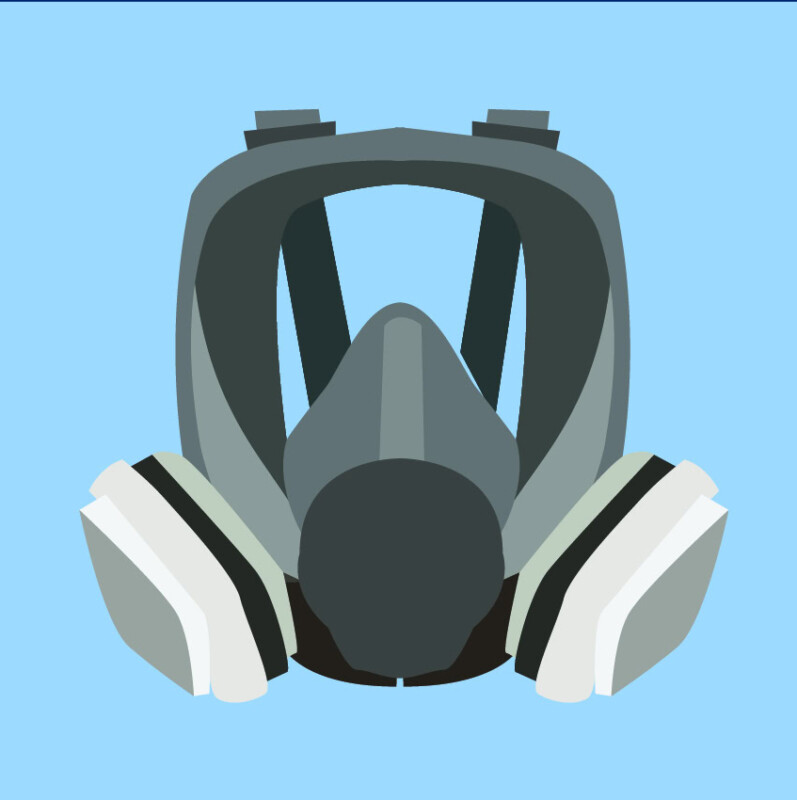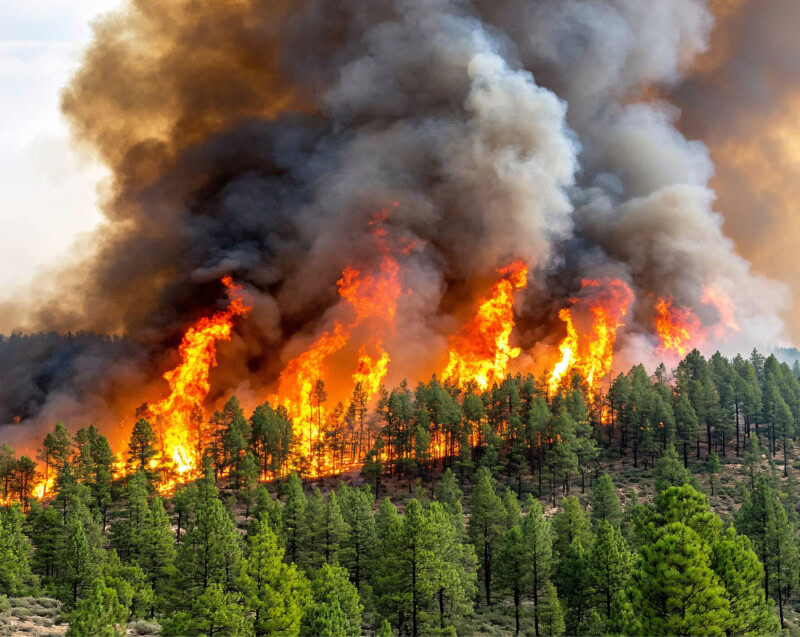Since the onset of COVID-19, many of us have become more familiar with respirators. These personal protective devices, which are designed to cover individuals’ noses, mouths, or heads, fall into two main categories: air-purifying or atmosphere-supplying. The Occupational Health and Safety Administration (OSHA) requires workplaces with potentially hazardous atmospheres or conditions, such as health care facilities, to provide respirators to employees. In order to protect workers, however, respirators must be properly maintained, in accordance with OSHA and National Institute for Occupational Safety and Health guidance.
So, what does the cleaning and disinfection of a respirator entail?
OSHA states “cleaning and disinfecting must be done using either the procedures in OSHA’s Respiratory Protection Standard or the procedures recommended by the respirator manufacturer.” This includes taking the respirator apart and then washing, disinfecting, and thoroughly rinsing it before putting it back together, once dry. While filtering facepiece respirators cannot be cleaned or disinfected, they must be inspected prior to each use.
How often do respirators need to be cleaned or disinfected?
OSHA recommends respirators be cleaned as often as necessary to “prevent them from becoming unsanitary.” These devices must be cleaned and disinfected before being worn by new or different users and after emergency use. Filtering facepiece respirators can be reused by the same worker, if working properly.
Do respirators need to be inspected regularly?
Individuals must inspect respirators before each use and during cleaning and disinfection. They must check the tightness of connections and parts’ conditions (e.g., valves, head straps, filters) for potential signs of damage, deterioration, or soiling. Defective respirators must be removed from service, properly repaired, or discarded.
How should respirators be stored?
OSHA says respirators must be stored in a way that “prevents deforming the facepiece or exhalation valve.” Most importantly, respirators must be protected from any potential damage, contamination, extreme temperatures, excessive moisture, sunlight, hazardous chemicals, or dust.
Employees should always receive respirator protection training, including worksite-specific use. For additional guidance on respirator maintenance, contact webquestion@cteh.com.




